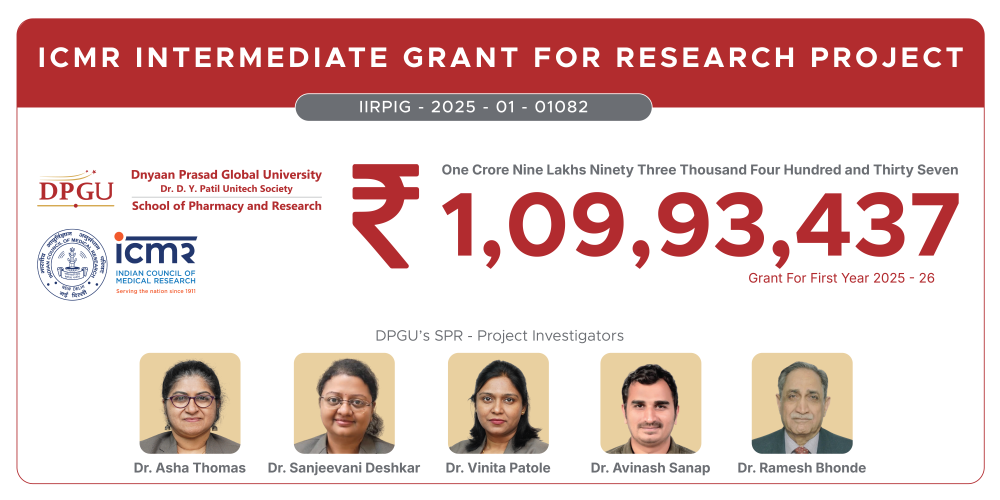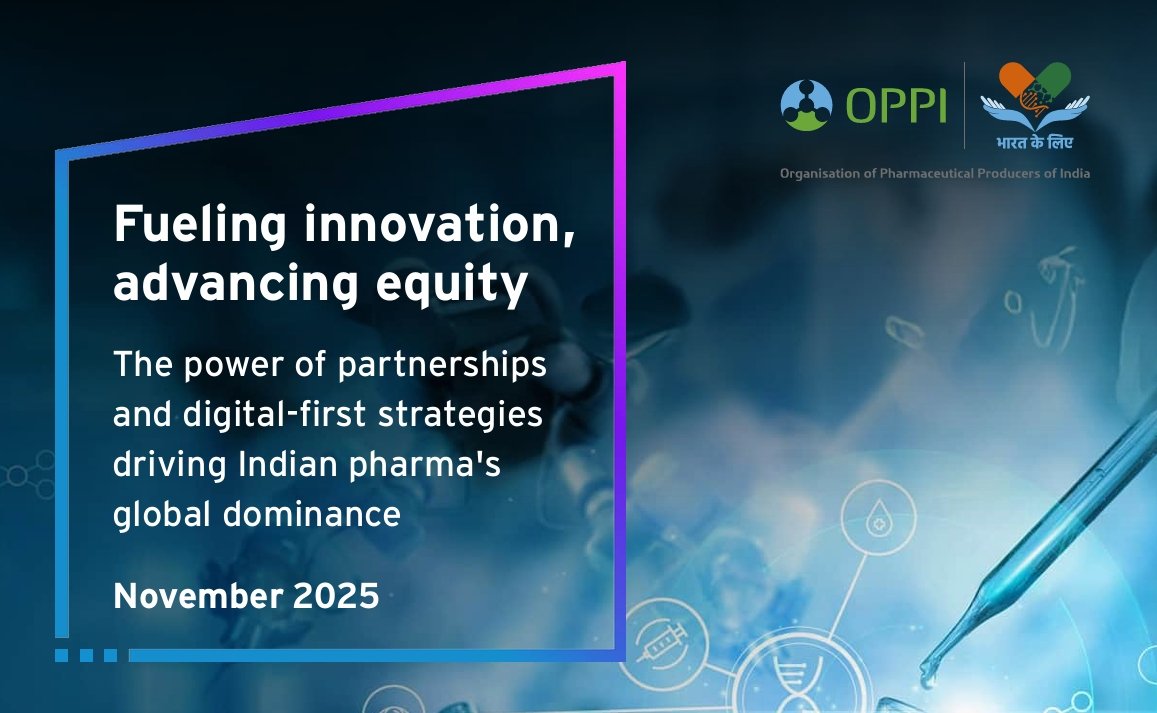BioSingapore to boost Singapore's bioscience industry
January 06, 2005 | Thursday | News
BioSingapore to boost Singapore's bioscience
industry
"BioSingapore's launch marks an important milestone.
BioSingapore will play an important role in accelerating the growth of Singapore's
budding biomedical sciences (BMS) industry in the country. BMS industry has been
showing promising growth over the last few years," said Philip Yeo,
chairman, A*STAR and co-chairman EDB.
With a mission of encouraging and fostering Singapore's
biomedical sciences enterprises, BioSingapore has initiated a range of
activities, to help members reach their full potential.
"BioSingapore will focus on supporting bioscience
enterprises by stimulating investment, liaising with other organizations,
facilitating local and international collaborations and educating the local
community. In short, BioSingapore will pool the resources and expertise of its
members, to create a thriving business environment for rapid growth of the local
bioscience industry," said Steven Fang, chairman, BioSingapore.
One way to create this thriving business environment is
through dynamic networking sessions. Since its launch, BioSingapore's first
organized activity was a discussion and networking event, focusing on patent
protection in the area of drug discovery.
"In order to boost investments in the BMS sector here,
we need to build up a critical mass of good deal flows and investment
opportunities that will attract the VCs to participate. BioSingapore aims to
create initiatives that encourage new start up companies and help to
commercialize the good ideas," said Fang, who is also the CEO of CordLife,
the Singapore subsidiary of Cygenics, which is a listed stem cell biotechnology
and immunotherapy company.
Although the association was launched less than a month ago,
it has succeeded in recruiting some 20 members. Membership is open to companies
and individuals from both Singapore and internationally. "Had there been an
organization like BioSingapore when we first started up, my company would have
been able to grow much faster," said Dr Thuan Bui, CEO of i-DNA
Biotechnology, one of BioSingapore's founding members. "In the past, I
had to make contacts with companies individually, which is a very time-consuming
process. BioSingapore can provide us with a one-stop shop that will enable us to
reach out to more companies in a shorter period of time," Dr Bui added.
Source: www.biomed-singapore.com
British High Commission opens S&T office at
Biopolis
The British High Commission opened a new Science and
Technology Office at Biopolis in Singapore. While the high commission has more
than 20 science and technology offices around the world, its unit at Biopolis'
Helios building is the first to be located in a research hub. The British High
Commission is setting up shop at the research hub Biopolis so that it can be a
science matchmaker for Singapore and Britain. International patent firm Lloyd
Wise recently set up an office while Switzerland has set up its scientific
embassy, Swiss House. The pharmaceutical giant GlaxoSmithKline too opened its
research facility at Biopolis. A total of $62 million will be pumped into
finding a cure for memory-related conditions such as Alzheimer's.
Miltenyi Biotec sets up international
headquarters in Singapore
Miltenyi Biotec, a key player in Magnetic Cell Sorting
(MACS), is setting up its Asia-Pacific headquarters in Singapore to focus on
China/Hong Kong, SAR, India, Japan, Taiwan and Korea. Previously using
distributors, it also plans to expand into the Philippines, Thailand and
Indonesia and Vietnam.
This German company is focusing on applications in stem cell
research, human genome studies and cellular therapy. It has presence in
Argentina, Australia, Austria, Belgium, Brazil, Bulgaria, Canada, Czech
Republic, Finland, France, Greece, Israel, Italy, Mexico, Netherlands, Norway,
Poland, Portugal, Slovakia, Spain, Sweden, Switzerland, Turkey, the UK and the
US.
Source: www.sedb.com, www.biomed-singapore.com
Chinese pharma market grows at
18% annually
China, which is the world's sixth biggest market for drugs,
sees its pharma market growing at 18 percent annually since 1978 according to
Lin Chen, head, research and chief scientific officer, Roche R&D Center
China Co Ltd. Lin Chen was in Mumbai recently and noted that the Chinese talent
pool is very large. "Out of the 580,000 students outside of China
(1978-2002), 150,000 have returned home and 270,000 students are still in the
universities and institutes."
On the emerging opportunities in China, Lin Chen said,
"China produces 1,350 types and 24 categories of botanical and TCM drugs.
There are 6,700 pharma enterprises and 119,000 retail enterprises. Besides, it
has 15,451 country-level hospitals and 5,580,000 healthcare members, which
includes 2,099,000 doctors. It used to import $242 million of antibiotics and
$11,000 million organic chemicals for pharmaceutical use."
These factors make China an attractive prospect for
investment. During 2003, the national total investment in science and technology
stood at about 150 billion RMB, which was 1.32 percent of China's GDP.
In spite of having good facilities like Shanghai Zhangjiang High Tech Park,
Beijing Zhongguancun Life Science Park, National HTS Center, National Drug
Safety Center, National NMR Center, Pharmaceutical and Animal facilities and
Guangzhou Biotech Hub, there are still some issues that needed to be addressed
for the growth of the pharma R&D sectors in China, he felt. The issues
include incentive package to engage in discovery research and creation of proper
modern research environment. "Lack of knowledge in target oriented drug
discovery, imbalanced risk and benefit for the pharma companies, difficulty in
creating drug discovery teams, lack of know-how in drug discovery and slow
out-reach programs are some of the issues confronting the R&D based
companies in China," pointed out Lin Chen.
Taiwan makes progress in cloning
Taiwan has joined the cloning community. Four dairy calves, named Ru-yi
through Ru-yi IV were cloned from the cells from the ear of a high-yield dairy
cow in Taiwan. Those cells were used to produce embryos and were then implanted
in other cows, which carried the unborn calves through to birth. "We're
trying to use this technique to extend our herd of good quality dairy cows in
Taiwan. This kind of technique can produce great quality," said Teng-kuei
Cheng, a professor at National Taiwan University. Cheng headed the team that
developed the technique with the resources and support of the Taiwan Livestock
Research Institute. These new cows are expected to be able to produce 6,500
kilograms of milk per year once they reach maturity.
Researchers around the world found that once born, the cloned
animals often suffer immune system deficiencies that cut their survival rate.
Also the fertility rate of such embryos is traditionally low, around 10 to 15
percent. Cheng and his team are reported to have increased the success rate
above 27 percent.
In addition to these high-yield dairy cows, the same Taiwan
Livestock Research Institute boasts the birth of four alpine goats that can
provide high milk yields. The cloning techniques are being extended beyond
producing milk in high-yield, as another application includes the creation of
bi-reactors that can produce proteins for use in medicine.
Source: www.taiwantrade.org.tw
AFRICA
Sub-Saharan Africa to gain from GM technology
"The economic gains from using Genetically Modified (GM)
crop technology in Sub-Saharan Africa (SSA) are potentially large," said
Kym Anderson and Lee Ann Jackson in a working paper released by the World Bank
Group. The gains are felt most from using nutritionally enhanced GM wheat while
the estimated benefits are diminished slightly by European Union's current
barriers to GM foods.
The authors used the global economy-wide computable general
equilibrium model known as GTAP. They specifically noted that if SSA countries
impose bans on GM crop imports in deference to the EU market demand for non-GM
products, the domestic consumer loss net of that protectionism boost to SSA
farmers would be more than the small gain derived from greater market access to
the EU.
Anderson and Jackson conclude that African countries need to
assess whether they share the food safety and environmental concerns of
Europeans regarding GM organisms. Otherwise, they have much to gain from
adopting GM crop varieties especially second generation ones.
The paper is a product of the Trade Team, Development
Research Group, which aims to better understand the contributions of new
technologies and trade policies to economic welfare of the developing world.
Source: www.africabiotech.com
AMERICA
Biotechnology boosts the US grower income
The widespread adoption of six biotechnology-derived
(biotech) crops in 2003 increased farmer income, boosted yields, reduced
pesticide and spurred greater use of environmentally friendly no-till
agriculture, according to a new study by the National Center for Food and
Agricultural Policy.
Compared with conventional crops, the study suggested that
the six biotech crops-canola, corn, cotton, papaya, soybean and squash-increased
grower incomes by an additional $1.9 billion, boosted crop yields by 5.3 billion
pounds and reduced pesticide use by 46.4 million pounds in 2003.
"Plant biotechnology continues to produce real gains for
growers and promotes sustainable agriculture in the United States," said
Sujatha Sankula, the lead author of the study and a researcher with the National
Center for Food and Agricultural Policy. "This new technology has
revolutionized agriculture and is creating widespread economic and environmental
benefits."
The growers who received the greatest economic gains from
biotech crops in 2003 were in the principal corn- and soybean-growing states of
the Upper Midwest: Iowa, Illinois and Minnesota. But there were economic
benefits in all 42 states where the six-biotech crops (11 different varieties)
were grown.
"Whether it was papaya in Hawaii, cotton in Mississippi
or soybeans in South Dakota, the benefits from growing biotech crops were
significant," Sankula said.
The study updates and reinforces the findings of a June 2002
study by the National Center for Food and Agricultural Policy that focused on
the same six crops (eight different varieties). That analysis of crops planted
in 2001 was one of the first comprehensive studies to document the impacts of
biotech crops. Compared with 2001, biotech varieties increased grower income by
27 percent, boosted yields by 41 percent and reduced production costs by 25
percent.
Sankula said one of the greatest endorsements of biotech
crops was that farmers continued to adopt biotech varieties in greater numbers.
Between 2001 and 2003, the number of US acres planted with biotech-derived crops
has increased by 26 million acres. For all six crops, the percentage of acres
planted with biotech varieties increased.
Of the six crops studied in 2003: Biotech soybeans resulted
in the greatest reduction in pesticide use, 20.1 million pounds, which produced
the greatest economic return for growers-an additional $1.2 billion in income;
Biotech corn (especially corn-borer resistant) produced the highest yield gains
(4.9 billion pounds) that helped put an additional $258.4 million in farmers'
pockets; Biotech cotton also led to a significant reduction in pesticide use,
12.9 million pounds, which led to an additional $413.13 million in income for
farmers; Biotech canola led to a reduction in pesticide use of 152,740 pounds,
which helped farmers earn an extra $9 million.
The insect-resistance trait led to highest yield gains by
protecting crops from insects. Nearly all of the 5.3 billion pounds of
additional production gained from biotech crops in 2003 can be attributed to
insect-resistant varieties such as Bt corn and Bt cotton.
Herbicide-tolerant varieties accounted for about 81 percent
of the additional income biotech crops generated for farmers. This is equivalent
to 1.5 billion of the total $1.9 billion economic gain.
The study also indicated that biotech adoption rates would
continue to rise as new and improved varieties are brought to market. In 2004, a
variety of Bt corn that is resistant to rootworm was planted on 3 million US
acres-10 times the level in 2003 when the product was first introduced. In
2004, it is estimated that rootworm-resistant Bt corn increased yields by 754
million pounds and reduced pesticide use by 1.98 million pounds.
Farmers also are increasingly recognizing the environmental
benefits of biotech crops because they make it easier to employ no-till
cultivation practices, which leave the soil undisturbed and reduces erosion and
pesticide and water runoff. Since biotech crops were commercialized in 1996, US
farmers have increased their acreage of no-till cotton by 300 percent, soybeans
by 45 percent and corn by 14 percent.
No-till practices prevent the release of greenhouse gases
such as carbon dioxide into the atmosphere thereby reducing the potential for
global warming. Other benefits include reduced fuel use, machinery wear and
improved habitat for birds and animals.
The study was based on data from the National Agricultural
Statistics Service of the US
Department of Agriculture and was reviewed by 26 agriculture,
pest management and plant biotechnology experts from 20 academic and government
institutions.
Source: www.ncfap.org
BIO calls for federal loan
guarantees to develop biorefineries
The Biotechnology Industry Organization (BIO) praises the
findings of a groundbreaking report, "Growing Energy: How Biofuels Can Help
End America's Oil Dependence," released recently. The report was prepared
for the National Commission on Energy Policy (NCEP) by the Role of Biomass in
America's Energy Future (RBAEF) project. BIO supports the findings of the
report and echoes its call for federal investment in construction of
biorefineries to convert cellulosic crop residues to ethanol transportation
fuel.
The Growing Energy report makes clear that using
biotechnology to convert cellulose-containing biomass to ethanol motor fuel can
reduce US dependence on imported energy. New biofuels could be produced from
agricultural waste products at a cost equivalent to the current costs of
gasoline and diesel, while at the same time generating economic benefits for
farmers and rural communities. Brent Erickson, BIO's vice president for the
Industrial and Environmental Section, states, "The path to a sustainable
and secure energy future based on corn stover, wheat straw and other crop
residues requires innovation. The biotech industry has provided a way to make
ethanol from crop waste. Now we need new federal policies that do not focus
solely on research and development but actually help get new biorefineries
constructed and operating, and that will take a significant new loan guarantee
program."
The report outlines a plan for government investment of $1.1
billion for research, development and construction of demonstration projects in
addition to approximately $800 million for development of biofuel processing
plants between 2006 and 2015. BIO has urged federal agencies to include in the
federal budget loan guarantees and grants for the construction of biorefineries
and facilities to make chemicals from renewable agricultural resources.
According to Erickson, "It takes seven to 10 years to
build the infrastructure to produce biofuels on a large scale. Federal loan
guarantees are needed now if we are to start building biorefineries and
producing fuel for American motorists. Federal loan guarantees are the best way
to help build biorefineries without increasing the federal deficit."
Source: www.bio.org
Canadian government launches comprehensive
biotech portal
A new federal website offers a clear view of the Canadian
government information on biotechnology. The BioPortal (biotech.gc.ca) is a
window to the latest biotechnology research, activities, strategies, policies
and regulations. "The Government of Canada has integrated its biotechnology
activities and resources, and made them available in an accessible way,"
said National Science Advisor Dr Arthur Carty. "I'm pleased to see the
collaboration of all federal departments in offering Canadians the most
up-to-date and comprehensive information."
The Web site's four portals (BioGateway, BioBasics,
BioStrategy and BioRegulations) offer a range of resources for industry,
scientists, educators and consumers, including: descriptions of federal
government policies and research activities; listings of federal biotechnology
resources organized by subject area, topic, audience and organization; access to
business support programs and market intelligence; regulations on biotechnology
research and applications.
Source: www.biotech.ca
EUROPE
Germany forges ahead in nanotech development
With more than 300 companies active in nanotechnology and
hundreds of millions of euros spent on research and development, Germany is at
the forefront of nanotechnology development in Europe. Leveraging the
availability of resources in the areas of fundamental and applied research, new
companies are being set up at an astonishing pace and the government is doing
its utmost to secure and further encourage the country's leading position in
Europe.
According to Invest in east Germany, IIC, over 220
organizations actively pursue nanotechnology activities focusing on
nanoelectronics, nanomaterials and chemicals and nanobiotechnology, and eastern
Germany, in particular, provides an especially fertile ground for ventures in
this emerging technology.
IIC also stated that eastern Germany is an attractive
location for foreign investors interested in nanotechnology industry as
investing in eastern Germany assures a place inside Europe's center of
nanotechnology research and business activities. Other factors that make it
attractive include close proximity to the growing semiconductor, electronics,
biomedical and automobile clusters in the region; a highly-qualified and
flexible workforce available in a number of industry clusters throughout eastern
Germany in the areas of chemistry, material sciences, physics, engineering,
biology and medicine.
Source: www.iic.de/nanotechnology









